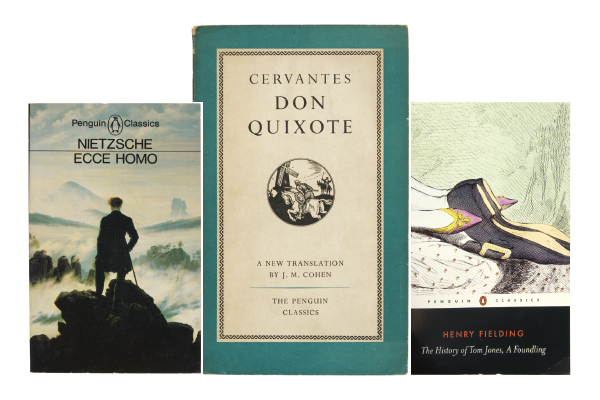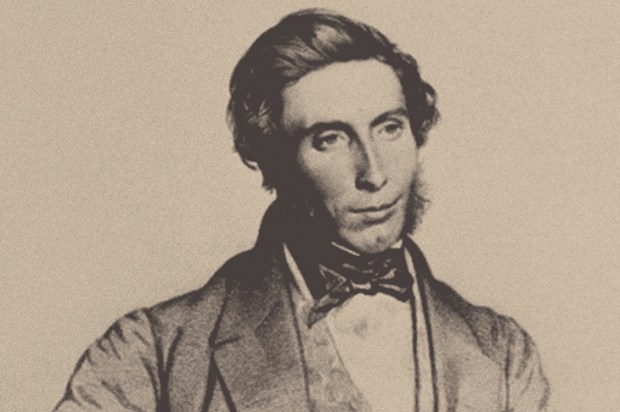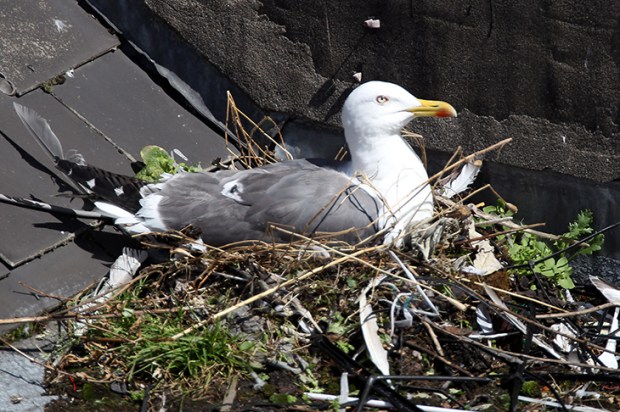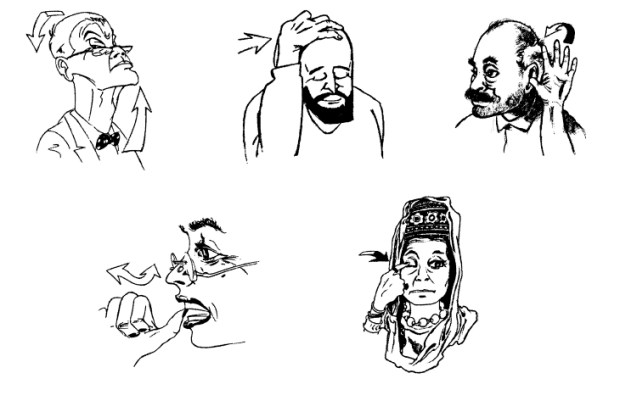In 1956, after Penguin Classics had published 60 titles, the editor-in-chief of Penguin Books, William Emrys Williams, wondered: ‘How many more titles in the classical literature of the world are there?’ As a case study in heroic shortsightedness, this measures up to Bobby Charlton’s question to his brother Jack after England’s World Cup victory in 1966: ‘What is there to win now?’
Williams needn’t have worried. Penguin has not run out of new classics, and there are currently around 1,200 in print. Like the NHS, Penguin Classics is an institution — a miracle of curation, covering 4,000 years of human thought, albeit with a largely Eurocentric vision — that didn’t exist 75 years ago.
It began in 1946, with E.V. Rieu’s translation of the Odyssey , which cost a shilling and sixpence. ‘This is revolutionary,’ wrote Reynold’s News, and the series policy was to give the classics to the general reader who was put off by ‘the stilted, old-fashioned and otherwise un-English style which has too often been adopted by translators’.
Penguin Classics quickly became such a success that it proved a staple for both the bookshop browser and the academic syllabus, a tricky (‘impossible’, said Betty Radice, the series’ joint editor) balance struck through introductions and annotations on the one hand and smart design on the other. You can tell someone’s age by which Penguin Classics cover style they grew up with. The early look, with coloured edges and white covers illustrated with a roundel bespoke to each title? The design based on a contemporaneous painting, text in a black box, all bordered in tasteful cream? Or the current style, black and austere so that the covers of the books seem, like brown road signs, to indicate not that this will be a pleasure but that it will be good for you?
The Penguin Classics Book brings together the best of that eye for book design with Penguin’s other quintessential characteristic: a ruthlessly self-consuming exploitation of its own intellectual property. (Penguin currently has six editions of Animal Farm in print, making hay ahead of the dark days of 2021 when Orwell’s work drops out of copyright.)
This fat, cloth-bound volume is, really, a toilet book for your largest room; a beautifully designed and lovingly compiled catalogue of all the Classics titles currently in print; and Penguin editor Henry Eliot has read them all — or at least the introductions — or at least the back covers. As well as an illustration of the first Penguin edition of each title and a fluent summary of the content, we get a brisk bio of each author, often drily put. Who knew, say, that Robert Louis Stevenson ‘died at the age of 44, while making a batch of mayonnaise’; or that Elizabeth von Arnim’s gravestone reads parva sed apta (‘small but sufficient’)?
Eliot’s work is a feat of organisation, ordering the books in a coherent way — by era, then region, then literary form — which makes logical the connections between authors and periods, shows the development of literature from one people to the next, and helps fill in those gaps in your knowledge of classical literature. (Ah, so that’s the link between The Mahabharata and The Bhagavad Gita.)
It also contains enough facts and stats to quench the stoutest quizzer. (What book after the Bible has been translated into most languages? Thomas à Kempis’s The Imitation of Christ.) What’s missing is more of the behind-the-scenes stuff that, when it appears, is so engaging. We learn, for example, that not all Penguin Classics translators sought to make their work palatable. Wendy Doniger, translator of the ancient Indian scriptures The Rig Veda wrote that her ‘austerity in commentary may often puzzle the reader. Good. The hymns are meant to puzzle, to surprise, to trouble the mind.’ Missing, too, is insight into the selection process for Penguin Classics, which would show how our understanding of a classic has changed, and how concerns of commerce and posterity are weighed up when adding new titles.
The sheer scope of The Penguin Classics Book — from The Epic of Gilgamesh to Robert Graves’s Goodbye to All That — reminds us how narrowly most of us have set our literary horizons. For example, the novel is seen now as the crowning achievement for a western writer; and yet, bar a few prototypes such as The Satyricon or The Tale of Genji, as a form it is barely 400 years old. And while this book could be used as crib notes for those Ancient Greek, Roman and Middle English texts you’ve always meant to read, it will more likely create awareness of new gaps in your knowledge that were, until now, unknown unknowns.
But relax, and remember, an old classic is equally subject to personal taste as a new one: just because it’s a classic doesn’t mean you have to like it.
Got something to add? Join the discussion and comment below.
Get 10 issues for just $10
Subscribe to The Spectator Australia today for the next 10 magazine issues, plus full online access, for just $10.
You might disagree with half of it, but you’ll enjoy reading all of it. Try your first month for free, then just $2 a week for the remainder of your first year.














Comments
Don't miss out
Join the conversation with other Spectator Australia readers. Subscribe to leave a comment.
SUBSCRIBEAlready a subscriber? Log in